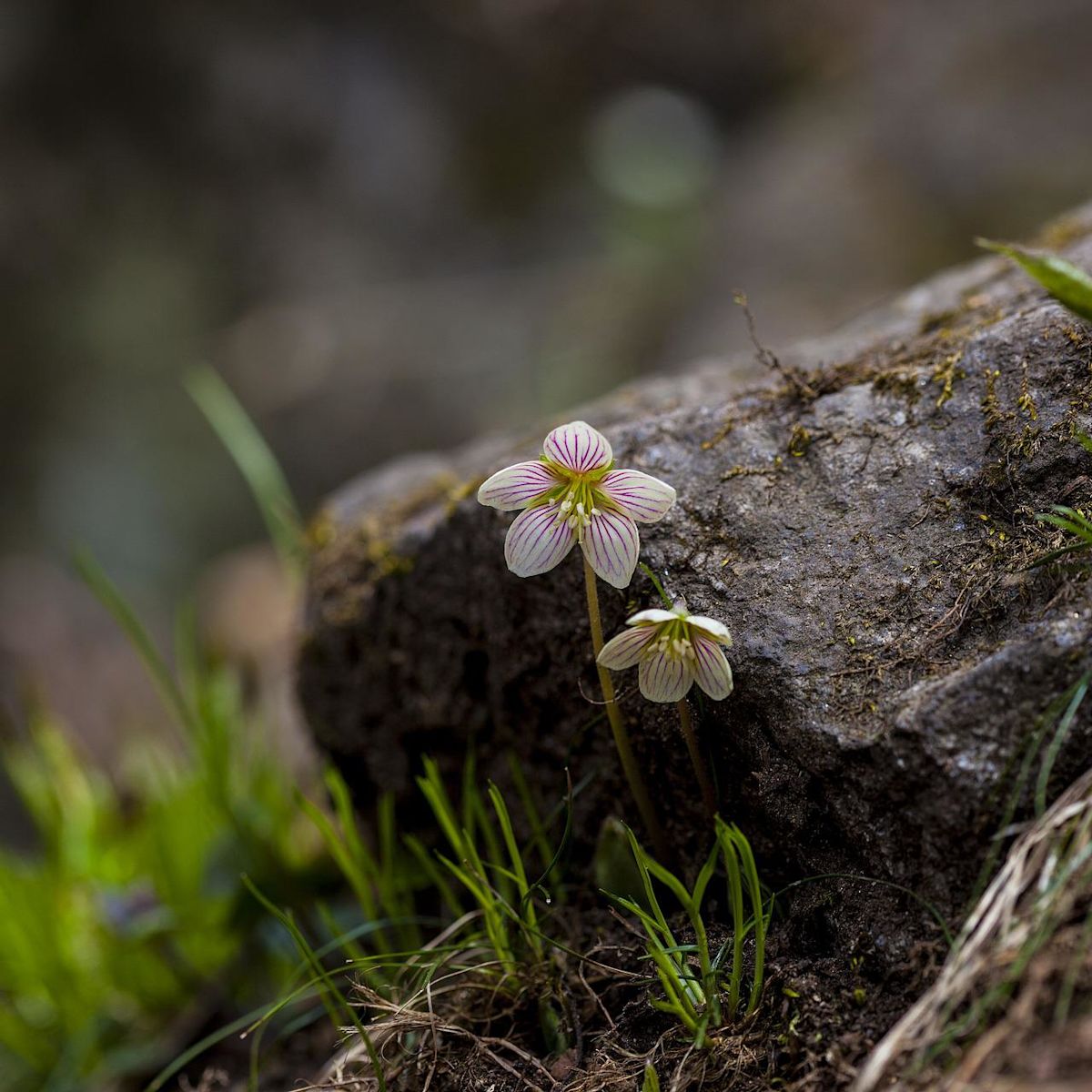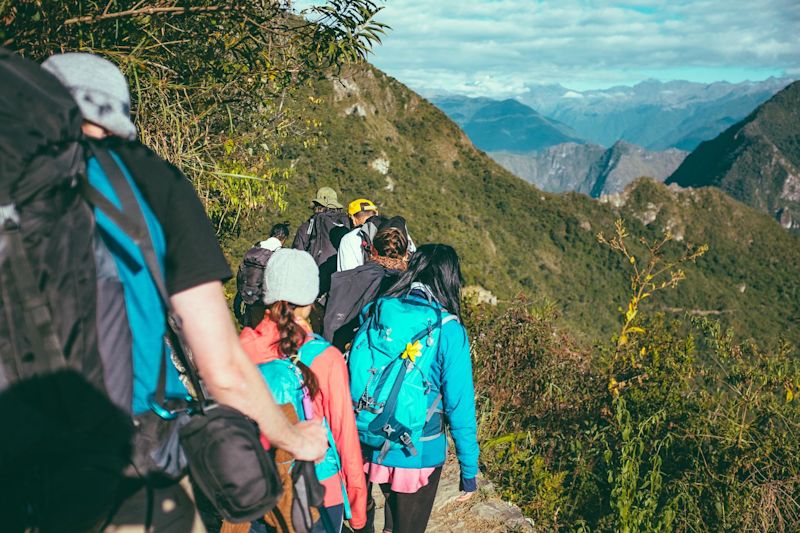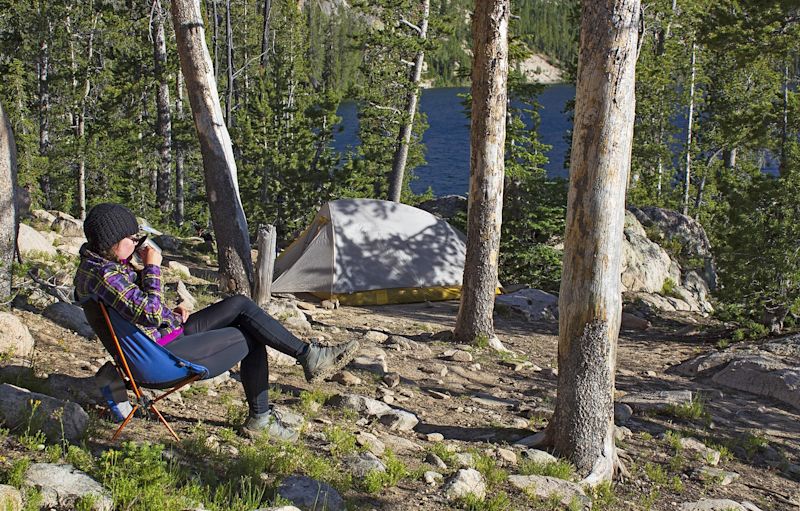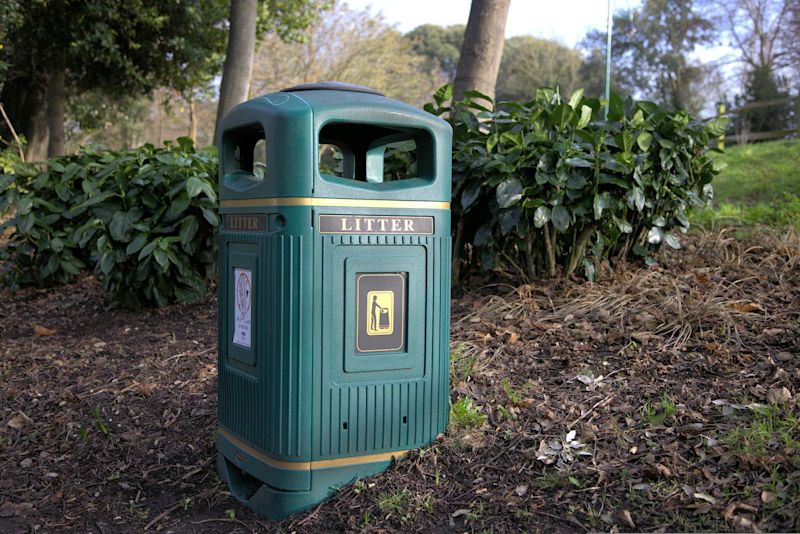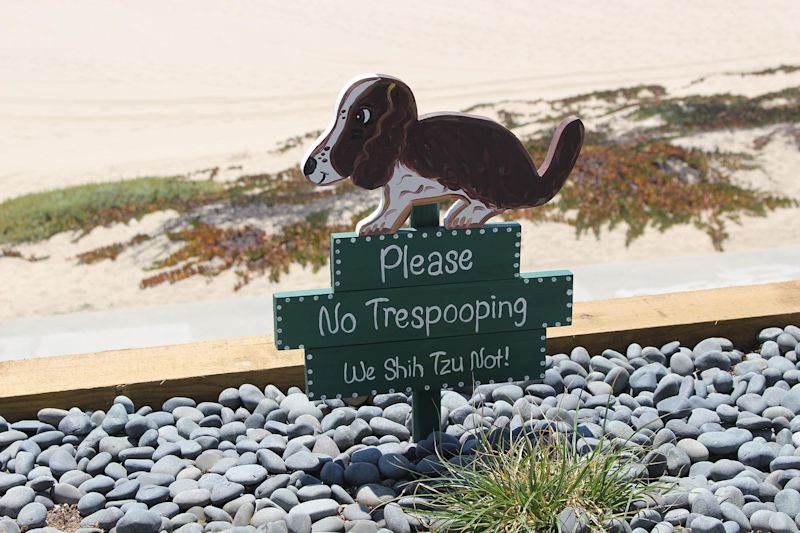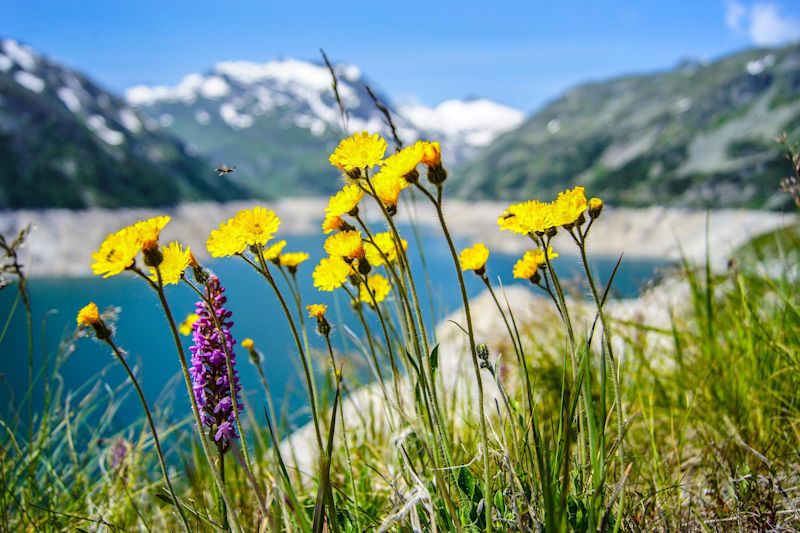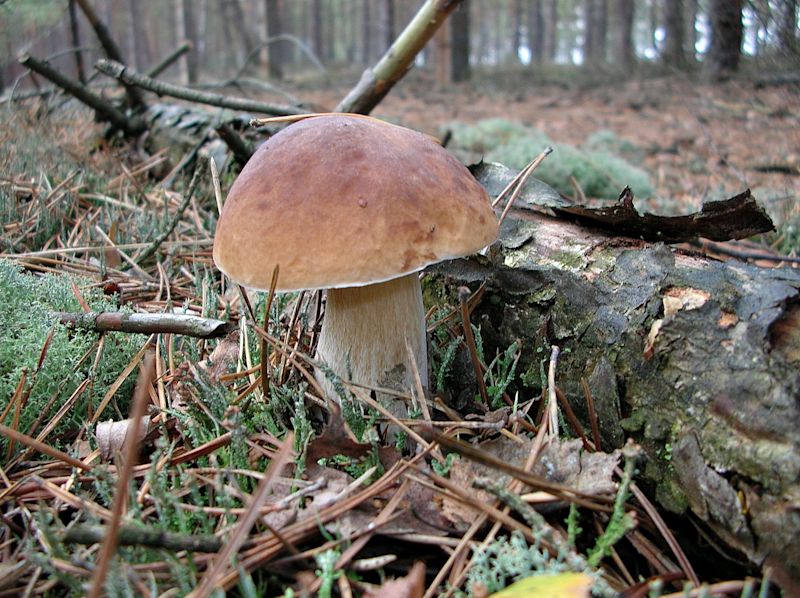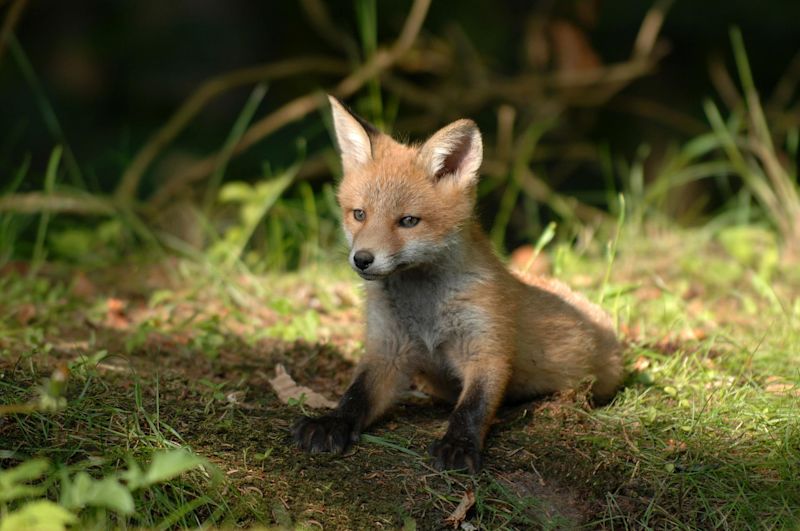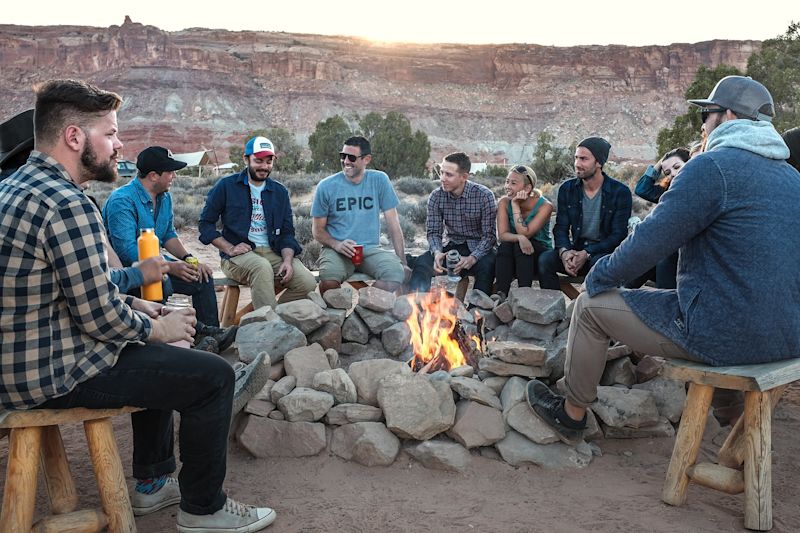We love a good hiking or trekking adventure at Follow Alice. In fact, those activities are at the heart of our most-loved adventure trips! So it's incredibly important that we, and our clients, know a thing or two about how to protect the wonderful natural spaces we visit.
As you may know from our post Our Kilimanjaro crew attends a Leave No Trace workshop, we've recently partnered with the NGO Leave No Trace (LNT). As the name suggests, this wonderful organisation is seeking to help companies and individuals around the world learn how to spend time in nature without damaging it – or at least, minimising the impact.
To this end, LNT has summarised into seven points the ways we can minimise our environmental footprint. Here are their seven principles:
- Plan ahead and prepare
- Travel and camp on durable surfaces
- Dispose of waste properly
- Leave what you find
- Minimise campfire impacts
- Respect wildlife
- Be considerate of others
We briefly elaborate on each point, as not everything is as apparent as one might at first assume. We think this is especially true of the ways to respect wildlife (principle #6).
1. Plan ahead and prepare
As with anything worthwhile, there's no success without preparation. So yes, if you want to reduce your impact, this means doing some research first.
Firstly, research the park, reserve or wilderness you're heading into. What are the rules regarding hiking, camping, fires, and so on? To be safe and respect the land, you may need to source or purchase certain items, or make another plan to what you're used to.
Do you need to bring your own rubbish bags, for instance? Are campfires allowed, or must you bring a portable gas stove? Are trekking poles permitted (sometimes they're not allowed because they can damage sensitive land)?
Only by researching the destination and intended activity will you learn all you need to know to come prepared.
Planning is critical not only in order to leave no trace of your passing through, but also for your safety and enjoyment of the trip.
2. Travel and camp on durable surfaces
We first talk about how to minimise your eco impact when hiking or trekking, and then we can discuss how to camp responsibly.
Walking on trails
When it comes to hiking, you should always stick to the demarcated trails or boardwalks. This is not only for safety reasons, but also to reduce your literal footprints over the landscape. Too many trails scar the terrain and damage vegetation. You're also more likely to tread on beetles and other small creatures. And of course you might be stepping on rare or fragile vegetation.
Trails themselves can also dust, erosion, the formation of rivulets in rain forming, and other problems. So while it may be tempting to shortcut switchbacks and create a new path to what could be a good lookout spot, rather stay on the path. We want to keep trails to a minimum.
Of course there will be times when you need to duck off the trail to go to the loo. Try to not damage branches or step on plants. Ideally, find a nearby rock or tree that you can step behind without having to veer too far from the path.
Also remember that nature can better deal with one little detour off the path than it can with six people all taking turns with the same loo spot. This then becomes a trampled area.
Campsites
Where you set up camp matters. Even with the most modest of dome tents, you're going to be banging in a handful of pegs. Your tent itself will flatten any vegetation beneath it.
When sussing out the best spot for your tent or campsite, you want to find the ground that's the most durable. Sand, rock and gravel are ideal, as your setup likely won't harm such ground. Ice and snow are also good, as your campsite will likely have a short-lived impact.
The best spot for your campsite is the one with the most durable ground. Rocks, sand and gravel are ideal.
The ground you most want to avoid is that which is thick with vegetation or is wet or damp. But if you must, look for vegetation that's hardier than the surrounding vegetation. Ideally you want something that will bounce back quickly, like dry grass. Lush vegetation, soil and riverine areas are the least ideal.
3. Dispose of waste properly
There are two kinds of waste you need to be dispose thoughtfully:
- Rubbish (or trash)
- Human faeces
- Dog faeces
Manmade waste
It's pretty obvious that one shouldn't litter. Take all rubbish out of the wild space with you to dispose of responsibly. This includes biodegradable rubbish, like apple cores and banana peels. It takes time for such items to break down, they look unsightly, and often they're not native to the local vegetation, so their seeds aren't wanted.
In urban parks, throwing waste away is a breeze
Human waste
When it comes to human waste, we encourage you to read up on the regulations and guidelines of each wild space in this regard. While you could take a whiz anywhere and nobody would know, there are certain places where this isn't kosher, such as into rivers and streams.
The more important aspect, however, is where to do number twos, and if these can be buried or must be carried out of the park or until a bin (trash can) enters the picture. If it's the former, you'll need to pack a little shovel. And any toilet paper used should be biodegradable. If the latter – that you must carry it out – then you'll need little poop bags.
Canine waste
Also find out the required action with regards to dog poop. Dog faeces contain nutrients that aren't native to the environment you're in, and these can be harmful. That's why the faeces of wild animals aren't problematic to nature, but those of dogs are.
Hehe
4. Leave what you find
Don't pick flowers, leaves, large fruit or even a berry off trees and bushes. Don't break off branches, and don't take home fallen logs (these are – or will become – ecosystems of their own). Don't pluck mushrooms and toadstools.
Leave what's pretty for others to see too
Also, leave what you find alone. In other words, don't scrape or paint your name onto tree trunks or rocks. This takes away a protective barrier and leaves the tree vulnerable to disease and bacteria. Don't move rocks around either – the underneaths of rocks are often mini ecosystems for small critters and others.
As all parents like to say, look with your eyes, not your hands
5. Minimise campfire impacts
Campfires have an eternal charm to them, we know. But they're not always permitted, especially in ecologically sensitive areas. And in dry regions where wildfires are a risk, campfires can be incredibly dangerous. In such situations, your solution is a lightweight gas stove. These have minimal impact on the ground, and so in many ways are more desirable than campfires.
Campfires, of course, can't help but impact the ground. But a good fire doesn't impact the ground or area too much.
Be careful where you choose to set up your campfire. Look for a flat spot so that your pot or gas stove will be able to sit flush and so be stable. Don't cook under low-hanging branches that could scorch or burn. And have a source of water nearby (even if just your own bottle of water) in case in sparks take hold and need to be extinguished.
There are many other ways to reduce the impact of your campfire, such as using an existing fire ring or a fire pan. If you're planning to camp and build fires, you can learn more here.
The single most important thing with any campfire is to contain the fire to the fire pit!
6. Respect wildlife
What exactly does it mean to respect wildlife? It's a few things.
First of all, simply not littering is an important way to respect wildlife, because you're looking after their habitat. We don't want animals munching on human foods, getting scratched by cans, getting stuck in a plastic bag, and so on.
Every heart emoji, right?
It also not aggravating or annoying them in any way, and not making loud or frightening noises. It's also not swiping away a spider's web unnecessarily, or kicking down an anthill.
Don't try to get too close to wild animals. Respect their wildness.
Also, don't pick up any wildlife. You my intend it no harm, but your touch might actually be harmful to the creature. That's to say nothing of the harm that could be done to you (from irritated skin all the way to a wound or disease).
Another way to respect wildlife is to not wade into streams, rivers or the ocean wearing bug spray and sunscreen containing ingredients that are toxic to wildlife. We need to think not only of aqua-based animals, but also of the land-based animals that drink the water.
Finally, if a road or trail is marked as off limits, then don't go there. There's likely a good reason that you know nothing about. It might be protecting a species, for all you know.
7. Be considerate of others
As we discuss in more detail in the etiquette section of Trekking tips for beginners, you should be considerate of others using the natural space with you. For instance, don't talk too loudly. Firstly, this can be annoying for those wanting to enjoy some quiet and the sounds of nature. And secondly, it can scare away wildlife.
Also, don't play music. If you want to listen to music, bring some headphones or earbuds. If you'd like to play an instrument like a guitar, check first that's okay with anyone else that's around. (And also that the park allows it.)
So what do you think of the Leave No Trace seven principles? You probably already adhere to them. But maybe you've learned one or two new ideas that will help you to reduce your eco footprint on your next outdoor adventure. We hope so!
